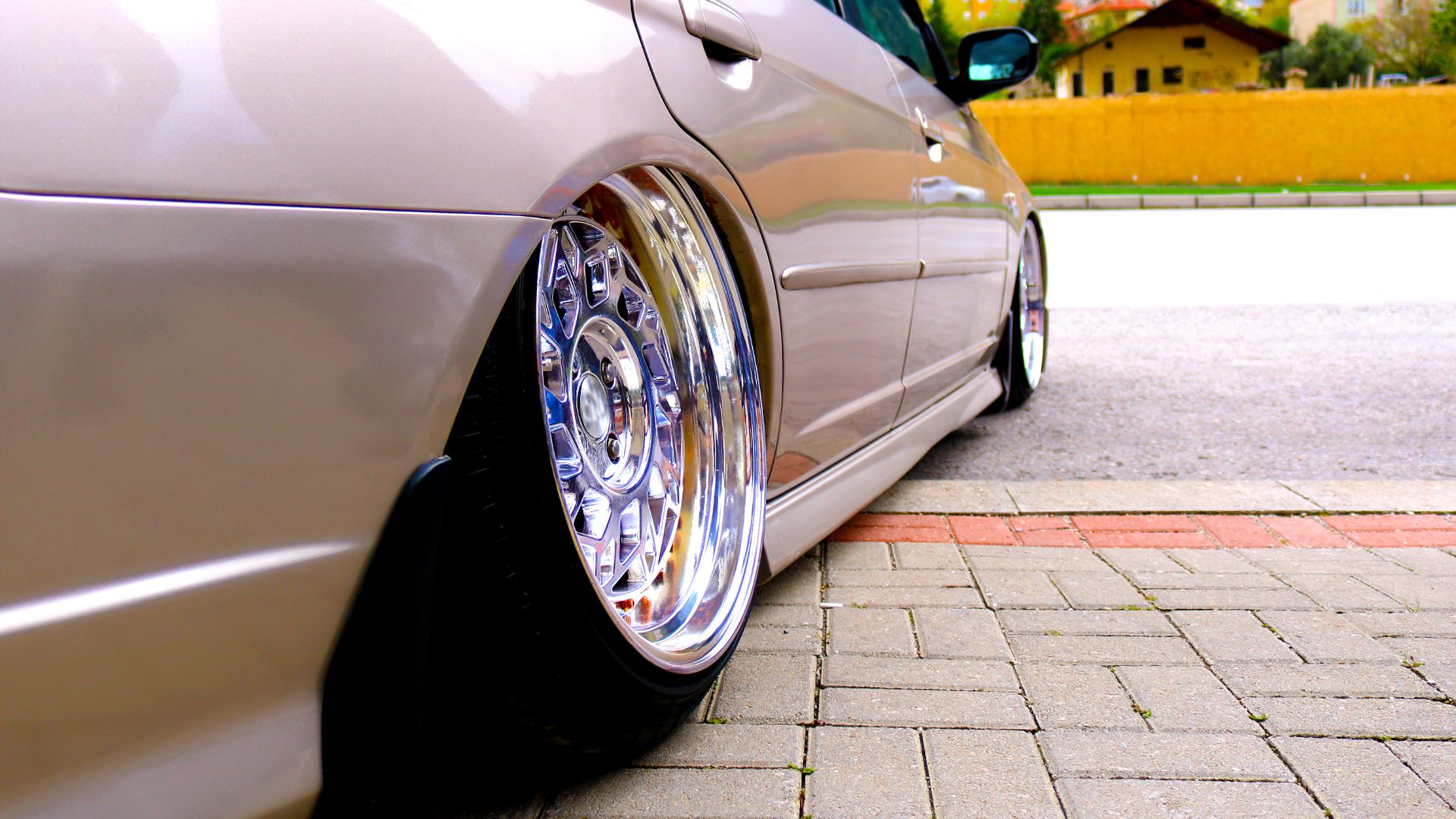Camber definition and meaning

When a tire is mounted on a vehicle, the camber angle is the angle between the vertical axis of the wheel and the plane perpendicular to the ground. If the top of the wheel is closer to the vehicle than the bottom, then the camber angle is negative. If the bottom of the wheel is closer to the vehicle than the top, then the camber angle is positive. Camber angles can range from 0 degrees (wheel perfectly vertical) to over 10 degrees.
Most vehicles have some amount of negative camber built into their suspension design. This helps improve tire contact with the road during cornering. Too much negative camber, however, can cause premature tire wear and decreased handling performance. Positive camber angles are generally only seen on race cars or vehicles with very low ride heights.
There are a few different ways to adjust camber angles. The most common is to adjust the upper control arms (or A-arms) on the suspension. This can be done by adding or removing spacers, or by changing the length of the control arms themselves. Some aftermarket suspension kits even come with adjustable control arms, which make it even easier to fine-tune your camber settings. Camber plates are another popular way to adjust camber, and are often used on coilover setups. These plates allow you to rotate the top mount of your strut or shock, which changes the camber angle.
If you’re looking to improve your vehicle’s handling performance, adjusting the camber angle is a good place to start. Just be sure not to go too far, or you may end up doing more harm than good.